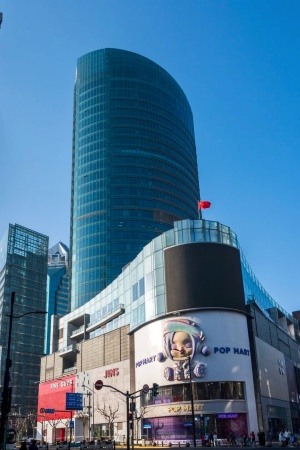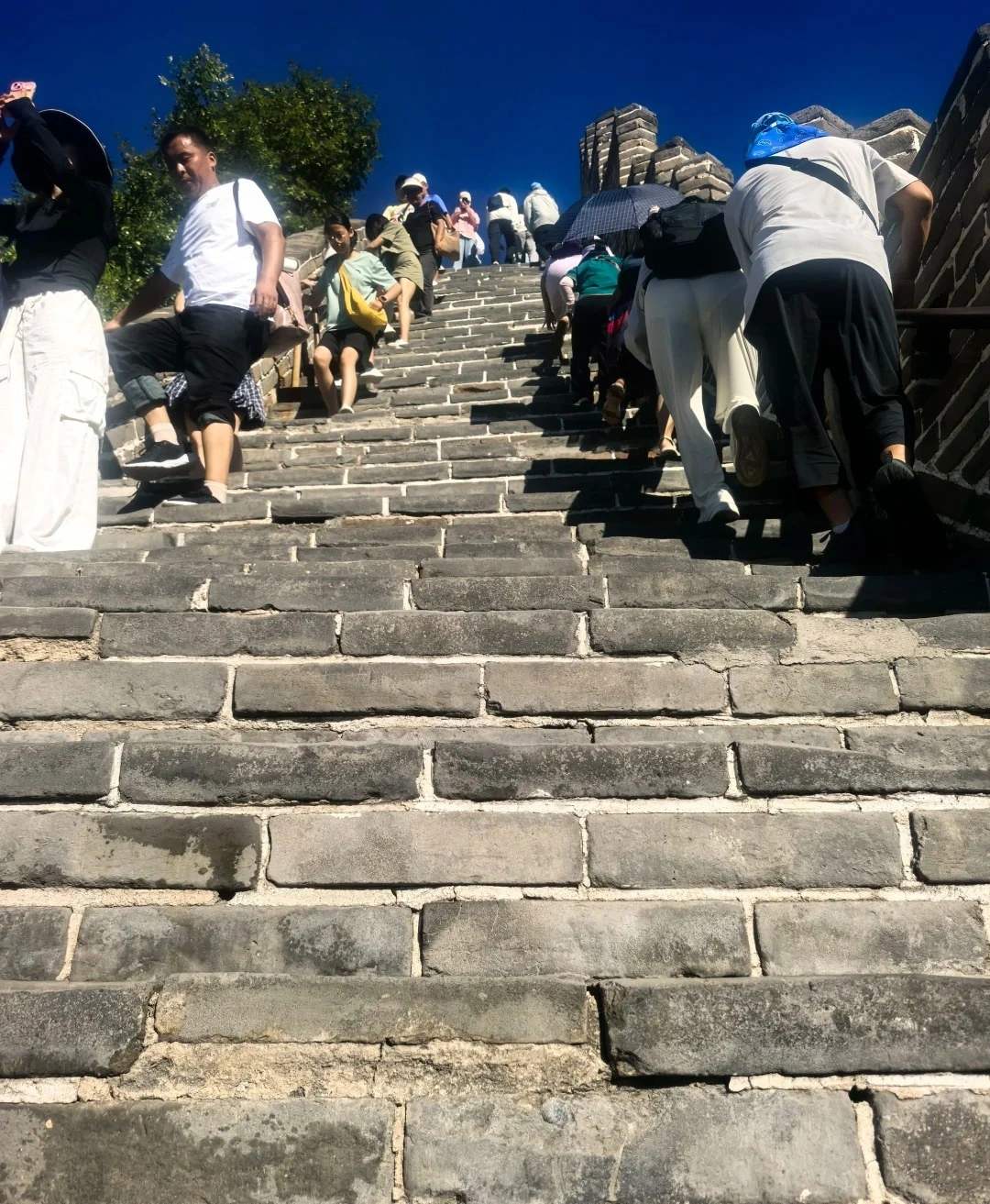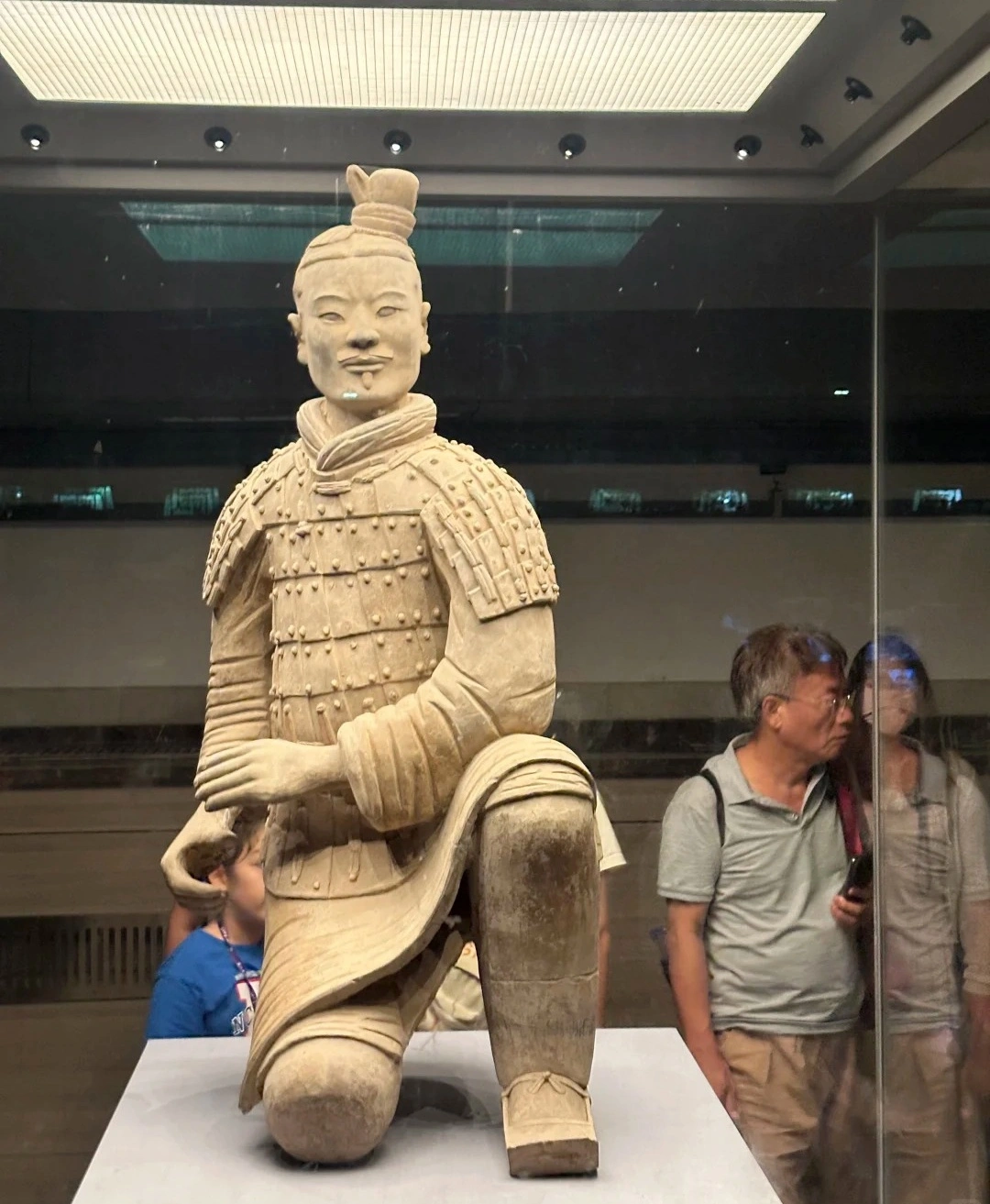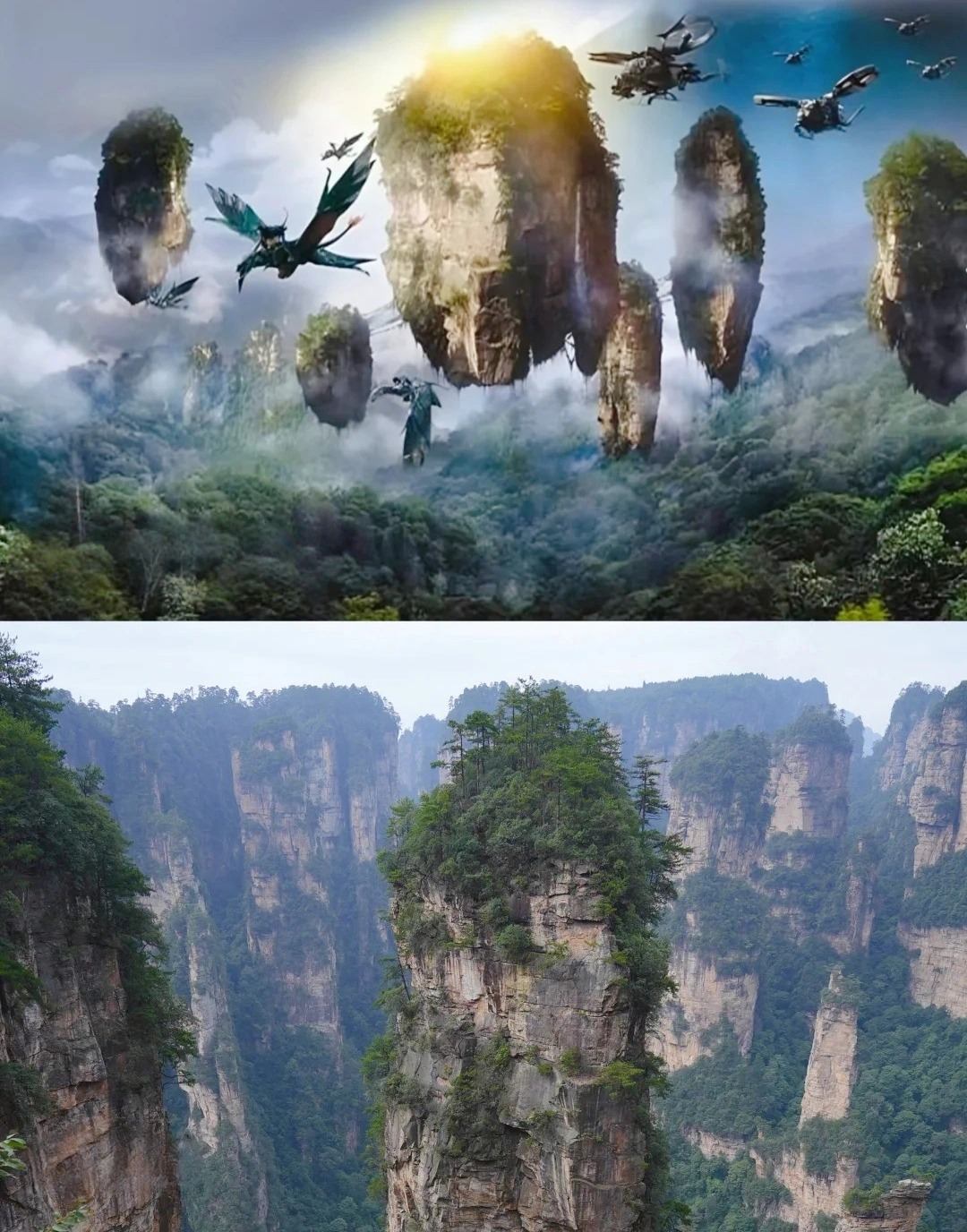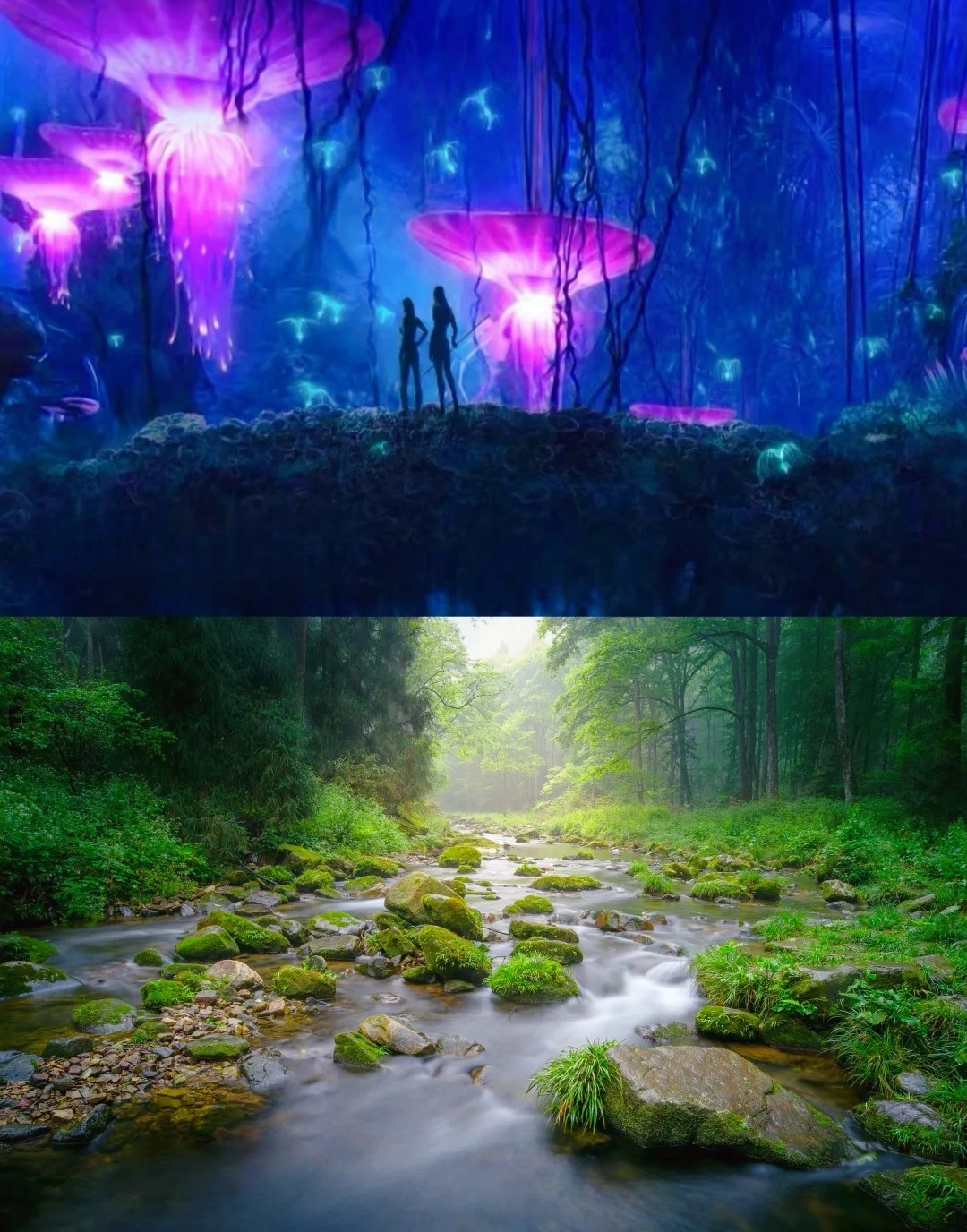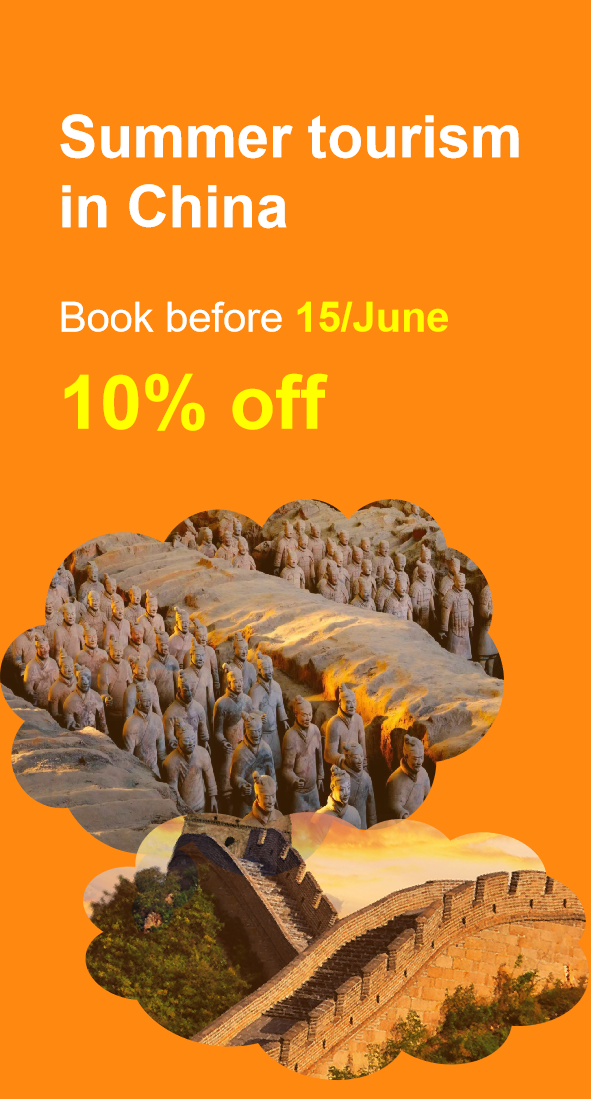Chengkan Ancient Village
Historical Overview
Established in 1800 CE by the Yi family, the village flourished under the Tang Dynasty’s Yi Xuanjing, who formalized its Bagua layout. The Lu clan migrated here during the Yuan Dynasty, building the Lu Family Ancestral Hall, a Ming Dynasty architectural marvel. Key events include the 1644 Ming-Qing transition, which spared Chengkan due to its strategic neutrality, and the 2012 UNESCO application, which highlighted its “cultural DNA of Chinese civilization.”
Structural Layout
The village follows a turtle-shaped Bagua design:
Head (North): The Yongxing Lake (auspicious beginning) and Shangshu Square.
Body (Center): Zhongxin Street (main axis) flanked by 49 lanes symbolizing Yin-Yang balance.
Tail (South): The Hongxing Gate and Lu Family Ancestral Hall.
Key structures include the Moon Pond (Yin-Yang water feature), Flower Bridge (stone arch with 12 zodiac carvings), and Baolun Pavilion (village academy).
Major Attractions
Lu Family Ancestral Hall: A Ming Dynasty hall with 700-year-old wooden pillars and a “dragon carving” banned by the Qing court.
Yan Yi Tang: A Qing Dynasty merchant’s residence with a “fire-proof” brick vault and hidden escape tunnel.
Zhongxin Street: A 1.2-kilometer cobblestone road lined with ironwood shops and stone inscriptions.
Changchun Society: A Taoist temple housing the “God of Longevity” statue and ancient astrology charts.
Huanxiu Bridge: A 14th-century stone bridge with a view of the village’s turtle-back silhouette.
Dongshu Pavilion: A Ming Dynasty study hall with rotating bookshelves and a calligraphy workshop.
Bagua Garden: A bamboo maze replicating the Eight Trigrams, opened seasonally for visitors.
Suggested Itineraries
- Classic Route (1.5 hours):
Hongxing Gate → Zhongxin Street → Lu Family Ancestral Hall → Huanxiu Bridge → Exit.
Highlights: Core Feng Shui layout and ancestral hall.
- Cultural Route (3 hours):
Yongxing Lake → Zhongxin Street → Yan Yi Tang → Changchun Society → Bagua Garden.
Highlights: Merchant history and Taoist cosmology
- Photography Route (4 hours):
Sunrise at Moon Pond → Zhongxin Street → Flower Bridge → Dusk at Huanxiu Bridge.
Highlights: Golden-hour reflections and village vistas.
Ticket Purchase
Online: Book via Chengkan Village official website or Ctrip (up to 7 days in advance).
On-Site: Tickets at Hongxing Gate; arrive by 8:30 AM to avoid tour groups.
Prices: ¥107 (adults), ¥54 (students/seniors). Free for children under 1.2m.
Combo Ticket: ¥150 (includes Tangyue Memorial Archways and Huizhou Ancient City).
By Bus: From Huangshan North Railway Station, take Bus 2 to Chengkan Stop (1 hour, ¥15).
By Taxi: ¥80 from Tunxi District; negotiate fare upfront.
By Tour: Join a Huangshan cultural tour (¥300–400/person, includes guide and transfers).
Best Time & Tips
Peak Hours: Avoid 11 AM–2 PM; visit early (7:30 AM opening) or late (after 4 PM).
Crowds: Quietest in winter; weekends busy with domestic tourists.
Weather: spring (March–May) and autumn (September–November) ideal. Summer brings monsoon rains.
Essentials: Wear anti-slip shoes (cobblestones can be slippery); carry an umbrella for sudden showers.
Prohibited: Drones, climbing on ancient structures, and feeding fish in the Moon Pond.
Contact Us
우리 고객들은 무슨 말을 하는지?
1만 개 이상의 여행객 리뷰를 바탕으로
